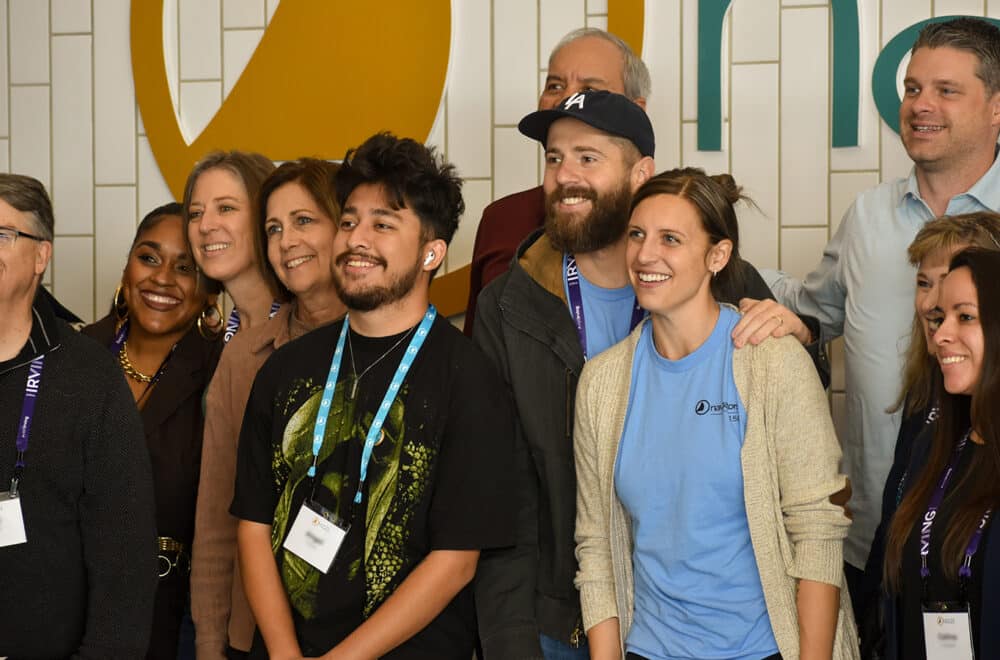Paul Miller is director of seeJesus.net, an organization that develops interactive Bible studies for small groups. He has authored several books, including Love Walked Among Us. He travels widely, teaching A Praying Life seminars and other topics. Recently, Paul shared a bit about the importance of the right mindset in prayer.
Disciple!: As believers many of us would list prayer as an extremely important spiritual discipline—yet so many of us struggle with it. Why do you think that is?
Paul E. Miller: There are probably a lot of layers to that question, but one would have to be that prayer has been presented to us as something almost “super spiritual.” We see it as a mountain to climb. In fact, it’s really more of a valley we fall into. Prayer comes naturally to those who realize how weak we are. That’s hard in an American culture that places such value on self-reliance and lifting yourself up by your bootstraps. We also live in a busy culture, and prayer requires taking some time out to do it. That’s really hard to do in a performance-oriented culture.
D!: The subtitle for your book A Praying Life is Connecting with God in a Distracting World. Why is that concept of connecting so important?
Paul: People tend to put praying in a “prayer box.” They sometimes talk about prayer as if it were an activity that has nothing to do with God. But prayer is all about God and our relationship with Him. It’s a bit like sitting down with my family to talk. We don’t think about how we’re going to communicate. We think about each other and what’s important to us. Prayer isn’t some abstract concept. It’s a means by which we build our relationship with God.
D!: What about the distractions? What are the main culprits?
Paul: When we do our prayer seminars, the biggest complaint participants voice is the difficulty they have concentrating. We often start off announcing that we’re going to spend five minutes in prayer—and people hate it! Their minds wander, they can’t concentrate. Then we explain that God wants us to come to Him as we are—as children. Children aren’t disciplined. Children don’t concentrate. Children don’t try to manage their distractions. Adults try to “do prayer right.” We help them understand that it’s not about doing prayer right. It’s about coming to God with your distractions and your wandering mind. It’s about coming to God like a child.
D!: Throughout your book you place a strong emphasis on the father/child relationship. Why is that so important?
Paul: This relationship is probably the major theme of the book—and it’s elusive to so many of us. It’s really the heart of the Gospel. God wants us to come to Him as children—as we are, without pretext. A good portion of our prayer seminar focuses on how Jesus Himself demonstrates the characteristics of a child. Look at the language He uses in John 5:19. Jesus gave them this answer: “Very truly I tell you, the Son can do nothing by himself; he can do only what he sees his Father doing, because whatever the Father does the Son also does.” People begin to see that Jesus is different than they thought He was.
D!: You don’t focus on the “how-tos” of prayer until the last part of the book. Why did you highlight the prayer cards?
Paul: People in our seminars tell us they’ve been very helpful—and liberating. They help people organize and focus their prayer times and take some of the pressure off. We don’t emphasize tools because we emphasize relationship. If you wanted to have a good conversation with your spouse, you probably wouldn’t use a lot of tools to do it!
D!: If people get one thing out of this book, what would you want it to be?
Paul: That’s easy! I’d want them to learn to ask like a child. Children are great “askers.” They’re uninhibited. They know who they’re asking and simply ask! At the same time, one of the keys to meaningful prayer is an awareness of God’s narrative in your life. Much of the book is simply stories about how God answers prayer—and about what He’s doing in the lives of the people whose prayers are being answered. I think that’s why we’re told to watch and pray.
Learn to Pray Like a Child
Some of the struggles we experience with prayer come from the fact that we try to act too much like adults when we pray. We try to get it right. We try to use the right methods and tools. But Paul Miller dares to suggest that one of the keys to a meaningful prayer life is to learn to pray like a child. This is a book for any Christian who wants to know the joy and power of a vibrant prayer life.




Is there a Bible Study and/or DVD regarding Prayer by Paul Miller?
Hi Diane,
Thanks for your question. There seems to be a DVD study seminar available that was published by Paul E. Miller, which we found here: https://www.seejesus.net/store/praying-life-dvd-seminar-study